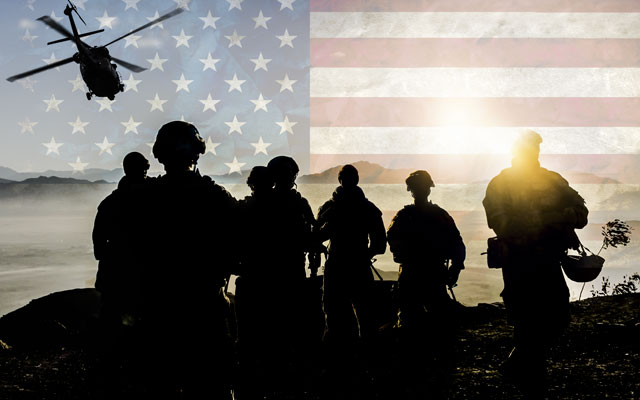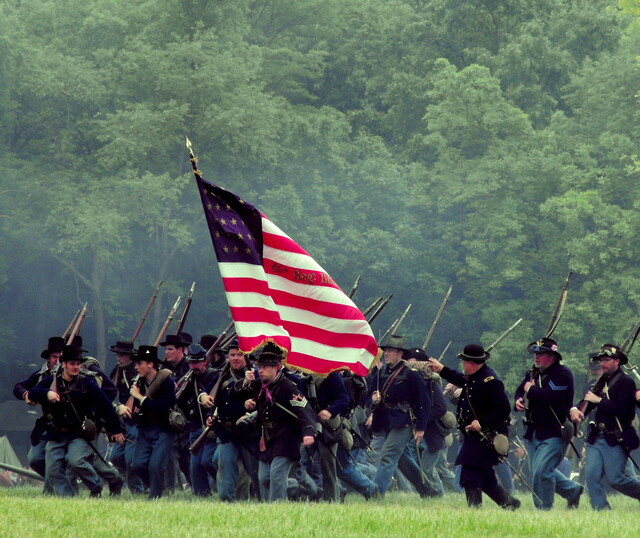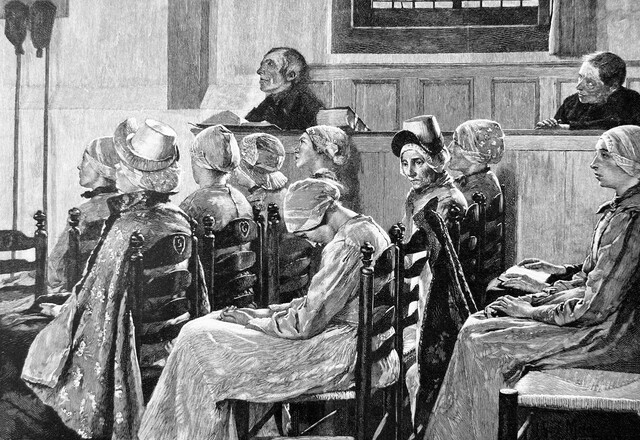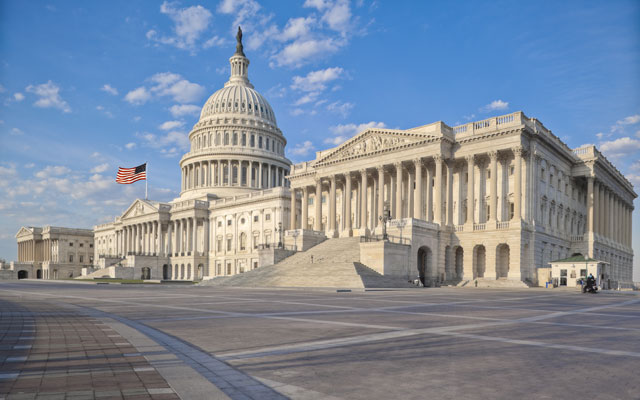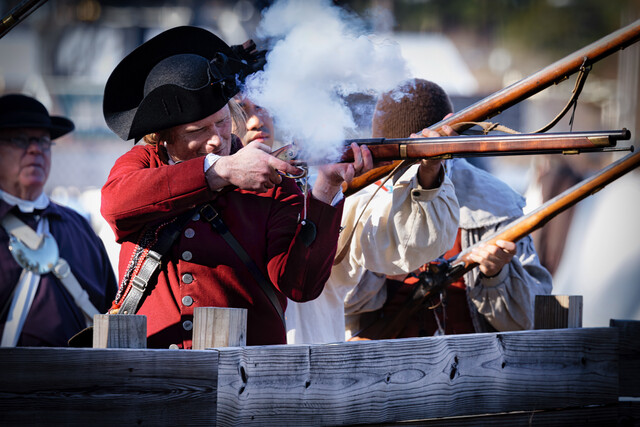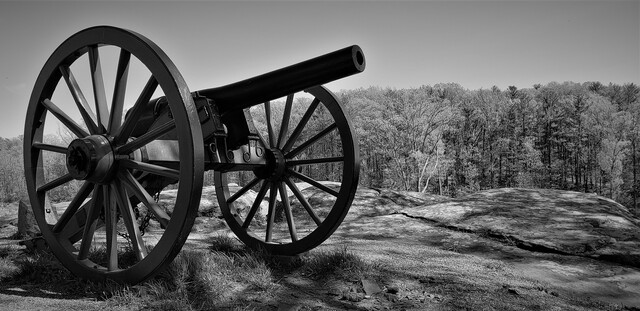Lesson 1. Navigating the GED Social Studies Test
In 70 minutes, the GED Social Studies exam requires candidates to navigate 50 multiple-choice questions, requiring comprehension and application of concepts from historical, geographical, economic, and political science contexts. Strategic reading and answer identification techniques aid in addressing fact-based and interpretation-based questions efficiently.
Lesson 2. A Guide to Navigating Tables, Charts, Maps, and Political Cartoons
Through detailed analysis of charts and maps, students can immerse themselves in data interpretation and geographical literacy, both needed for the GED. Political cartoons further challenge you to understand symbolic messages, shaping your engagement with historical nuances.
Lesson 3. Stone Age Beginnings
The Roman Empire, known for conquering Greece, adopted much from Greek culture yet adapted government into a republic controlled by the elite. With a focus on military strength and innovation, they developed the Julian calendar, impacting modern timekeeping while contributing extensively to governance and cultural arenas.
Lesson 4. Middle Ages: A Journey Through Feudalism and the Crusades
The rise of monotheistic and polytheistic religions shaped the ancient world, with Judaism standing out for its belief in one God, giving rise to Christianity, while Islam emerged in 612 A.D. amidst a polytheistic backdrop. Concurrently, Hinduism and Buddhism developed in Asia, each offering unique perspectives on human purpose and morality.
Lesson 5. Factories, Cities, and Inventions: The Industrial Revolution's Impact
The Industrial Revolution's technological advancements spurred migration to cities and innovations in communication, but also highlighted capitalism's inequalities. Such societal changes coalesced with tensions in Europe, where intricate alliances and national conflicts ultimately ignited World War I.
Lesson 6. From Czarist Rule to Soviet Power: The Russian Revolution and the Rise of Communism
Since World War II, technological advancements like space exploration by the USSR and the U.S. have shifted global priorities from land conquest to technological prowess. The proliferation of computers and their gradual availability to the public has transformed communication, commerce, and economic indicators of power.
Lesson 7. The Path to Independence: From Discovery to the Declaration
Amidst debates on the balance of power between states and the federal government, the Federalist Papers emerged, advocating for the ratification of the Constitution. Key figures like James Madison, Alexander Hamilton, and John Jay played essential roles in convincing states to unite under a stronger central government, eventually leading to the Constitution's adoption.
Lesson 8. Pioneering Policies: America's Early Path in Domestic and Foreign Affairs
Between 1791 and 1853, the U.S. expanded through key acquisitions like the Louisiana Purchase and Mexican Cession, bolstering economic growth but fueling sectionalism and disputes over slavery. The Dred Scott decision intensified tensions, ultimately contributing to the onset of the Civil War.
Lesson 9. America's Shift from Isolationism to Global Power
World War I saw the U.S. abandon neutrality after German provocations, contributing significantly to the Allies' victory and altering domestic life with rationing and shifting workforce dynamics. Despite conceptualizing the League of Nations, the U.S. reverted to isolationism, wary of European entanglements post-war.
Lesson 10. From Isolation to Involvement: U.S. in WWII
Following WWII, the Cold War saw the U.S. and Soviet Union avoiding direct conflict while spreading their political ideologies and competing militarily and technologically. Korea's division at the 38th parallel highlighted these tensions, as did the ongoing arms race involving nuclear weapons.
Lesson 11. Civil Rights and the Space Frontier
Lyndon B. Johnson expanded civil rights legislation, notably the Civil Rights Act, but his presidency was overshadowed by bitter divisions over the Vietnam War. While Vietnam signifies a turbulent era, Johnson avoided reelection as Nixon pursued peace through bombing strategies.
Lesson 12. Understanding the Roots of Federalism in the U.S.
Federalism in the U.S. involves shared power between states and the federal government, divided into executive, legislative, and judicial branches. Representation is based on population, affecting the number of House representatives, while the Senate offers equal state representation with two senators each.
Lesson 13. State Government Functions: An Overview
Political alignment in the U.S. is often described as left or right wing, with most public officials affiliated with the major Democratic or Republican parties. Citizens can join political parties or remain Independents, participating in democratic processes as interest groups lobby elected officials.
Lesson 14. The Essentials of Economics: Delving into Factors of Production
The interaction between economic theories and governmental philosophies shapes the allocation of production factors. Capitalism relies on private market decisions, socialism blends government intervention with private ownership, and communism centralizes property control for the common good.
Lesson 15. The Dynamics of Economic Expansion and Contraction
American consumers maintain economic health by adhering to personal budgets that prioritize fixed, flexible, and luxury expenses, contributing to national prosperity. High credit card use necessitates managing debt responsibly to maintain a good credit score, essential for obtaining favorable loan terms and opportunities.
Lesson 16. Geography Essentials: Latitude, Longitude, and Map Projections
Time zones stem from Earth's 360 degrees of longitude, creating 24 zones, each 15 degrees wide, affecting synchronizing global clocks and travel schedules. The continental U.S. spans four time zones, illustrating the geographic impact of longitude on daily activities and cross-country synchronization challenges.
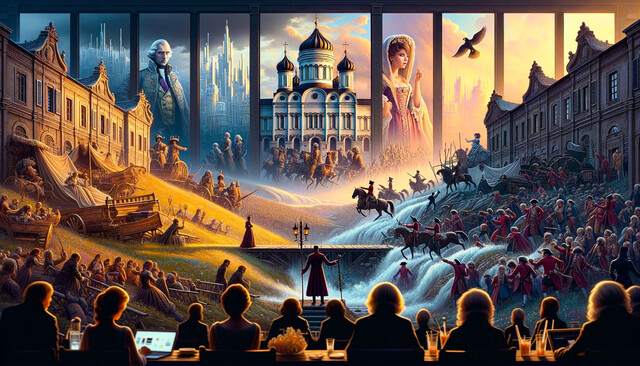
12 Hours average completion time
1.2 CEUs
16 Lessons
31 Exams & Assignments
155 Reference Files
Mobile Friendly
Last Updated December 2025


